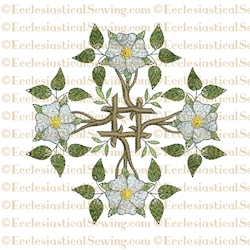
In Church symbolism, many objects are used to help teach the message of Christmas. The Christmas Rose or Messianic Rose is a particularly gentle yet elegant symbol. Helleborus Niger is a perennial plant that can actually grow in warmer parts of the USA. It is found naturally in Europe, where it blooms in cooler climates from February, but in warmer areas, it blooms as early as Christmas. This delicate white flower blooms from luscious evergreen foliage.
Like this:
Like Loading...
Gaudete Sunday is the third Sunday in Advent and is a reprieve in this season–which by nature is a penitential season. Gaudete Sunday gives us a glimpse of the joy that awaits us and lightens the mood–one way this is done is with the change of the vestments from violet or blue to a rose color. Gaudete is the plural present active imperative of the Latin verb “to rejoice.”
Like this:
Like Loading...
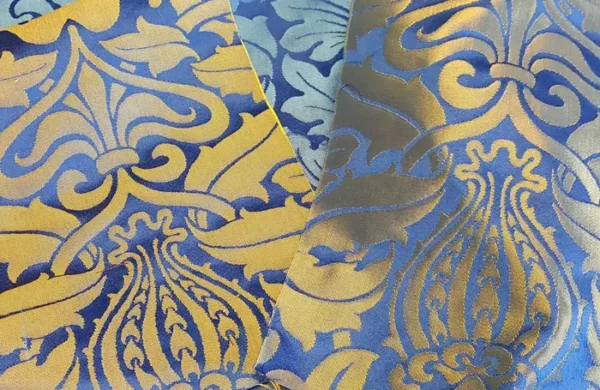
We have a brocade-on-brocade product line and a product line featuring our new embroideries. The brocades we chose are Fairford and Fairford Two-Toned. These have an uncomplicated design paring. The simplicity of design matching is needed when you see the color! The colors, these are eye-catching and mouth-dropping.
Like this:
Like Loading...
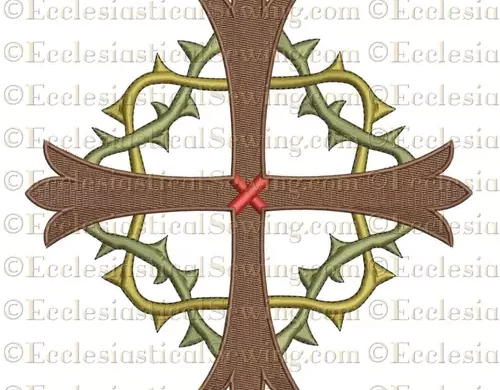
When creating vestments for the House of the Lord, one should always begin with the advice of a pastor. A good place to start is with meaningful symbols that can be used to teach the faith. Things like the Cross, Holy Communion, the Creeds, Prayer, Baptism, Confession, Key to the Kingdom, Holy Monograms, and so forth are appropriate symbols to start with. The symbols can be simple, and in many places that creates a comfort zone. The symbols can also be a bit more elaborate. That sometimes gets beyond the comfort zone of some and into unfamiliar territory for others.
Like this:
Like Loading...

The third special post in July recounts summer travels to Montana, It reflects on the beauty of old, weathered stumps in various locations, contemplating the possibility of life lingering within them. The lush greenery and surviving stump found on the Lohn’s Lake Trail inspire hope and reflection on promises from days of old. As a reference to the O Antiphon “O Root of Jesse,” connecting the natural surroundings with deeper reflections.
Like this:
Like Loading...
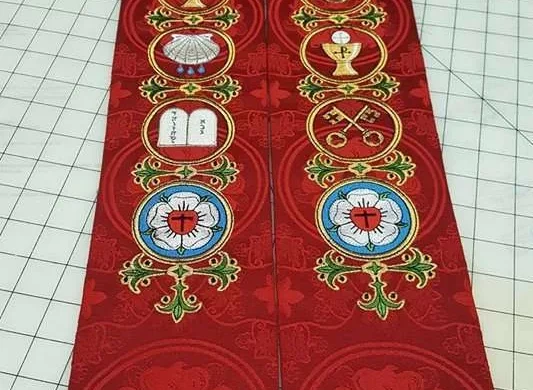
Ecclesiastical Sewing’s newest release of the “Stole Style #3 in the Luther Rose Brocade” is a good example. It is not simply gorgeous – it is confessional. The embroidery is not a random collection of pretty designs. In this case, they are symbolic of the Six Chief Parts.
Like this:
Like Loading...
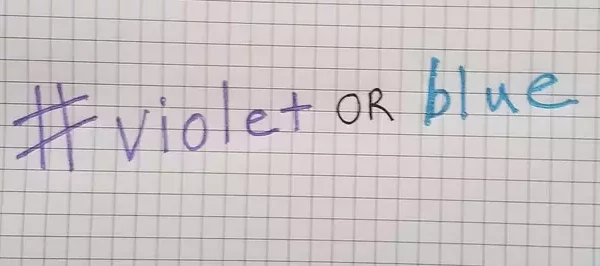
The Great Antiphons of Advent or The O Antiphons of Advent. An antiphon’s purpose is to summarize the main point of the psalm which helps make the connection between the psalm and the service on which it is chanted or sung. These Great Antiphons point the way toward Christmas and Christ. They talk about the Old and New Testaments and summarize the ties that bind everything together. They are a final push and lead us directly to our Lord’s birth, but more importantly, they shed light on the rest of the story and the greater picture.
Like this:
Like Loading...
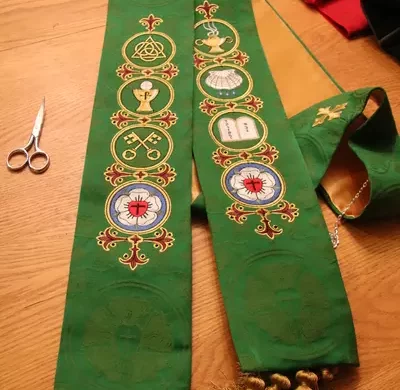
We enter a season filled with green trees and grass dotted with bright pink, purple, red, and white the flowers blooming profusely all around us. One glance around nature provides a feast of green shades for the eye to behold. It brings the entire world to life. Green is also the color for ordinary times in the church years. With the long Trinity Season or the “Green” Season just getting underway in the church year.
Like this:
Like Loading...
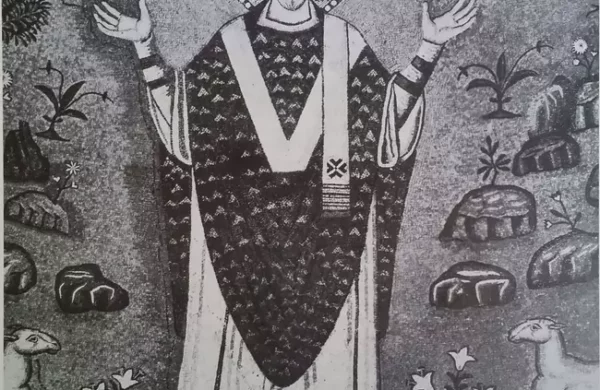
In Janet Mayo’s book, “A History of Ecclesiastical Dress,” she begins by exploring the Early Church’s post-Christ era, progressing chronologically. The narrative delves into various garments, contextualizing them within specific eras, locations, and decrees.
Like this:
Like Loading...
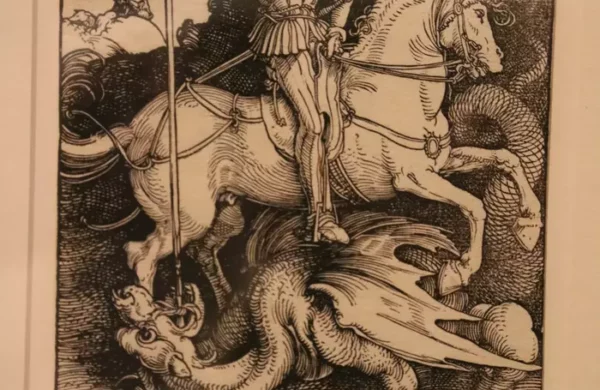
Dürer and Cranach, two Northern Renaissance artists, are remembered on April 6th. Dürer, the son of a goldsmith, apprenticed as a painter and printmaker, gaining fame for his woodcuts and paintings. He created portraits of notable figures like Erasmus and read Luther’s writings. Cranach, the Elder, had less known formal art training but became the court painter of Wittenberg by 1505. He used various mediums, witnessed Luther’s marriage, and engaged in business ventures, producing works with both Protestant and Roman Catholic themes.
Like this:
Like Loading...
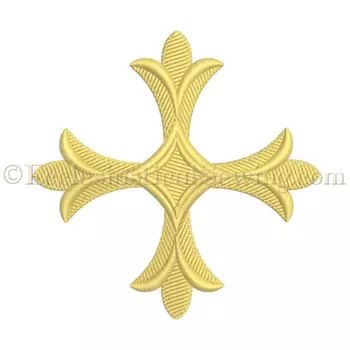
Ecclesiastical Sewing has created new designs for church vestments and paraments including patterns for things like altar hangings and special embroidery for pastors’ stoles. One of the design, called Luther Rose Gold Spray, has a vintage look with a special emblem. Another design, Luther Rose Quatrefoil, comes in different sizes for things like stoles and chasubles. There’s also a design for letters, like the ones used in liturgical embroidery, called Reformation VDMA. Another favorite is the Patonce Cross, available in various sizes.
Like this:
Like Loading...
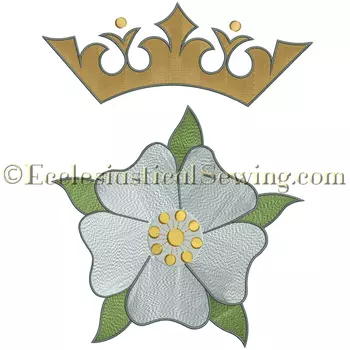
Introducing the Christmas Rose Collection by Ecclesiastical Embroidery. This inaugural design features a single white rose with a yellow center and a gold crown. Available for instant download in various sizes, more designs will follow in the coming year. Stitched by embroidery machines, these designs celebrate the gifts of the Christ Child’s birth.
Like this:
Like Loading...
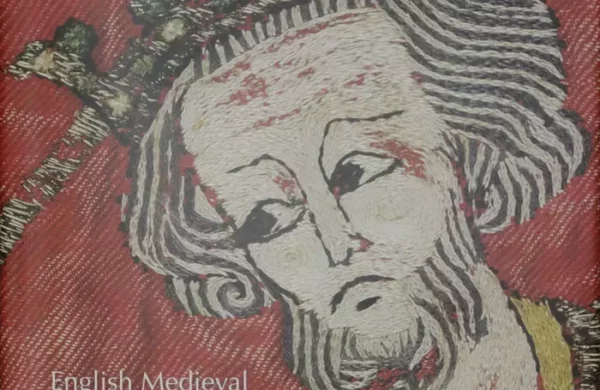
The book is titled “English Medieval Embroidery Opus Anglicanum,” and has been published in association with the Victoria and Albert Museum. The book is the result of the research that was undertaken in preparation for the Opus Anglicanum Exhibit. The first major exhibit on the topic of Medieval Embroidery in almost fifty years. The book created for the exhibit expected to become the standard work of reference. It includes detailed illustrations of works in the exhibit as well as comparable pieces from other collections to aid discussions.
Like this:
Like Loading...
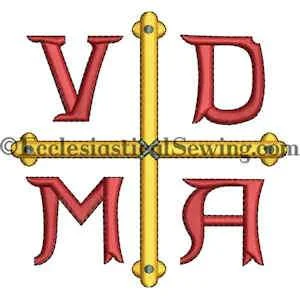
Our collection of digital machine embroidery designs, offers most liturgical machine embroidery designs in a wide range of digital files. File formats are DST, EMB, EXP, HUS, JEF, PCS, PES, and XXX. Some formats may not be available for certain designs based on size. Some designs, such as the VDMA Cross Symbol are original designs that we’ve created.
Like this:
Like Loading...
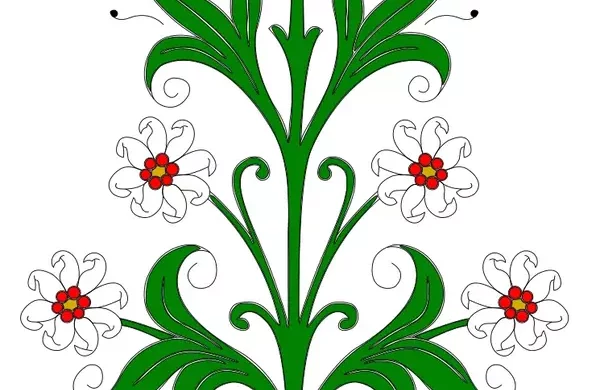
The ancient Israelites worshiped in the Tabernacle and later in the first Temple, which was the stationary building that replaced the Tabernacle. God instructed Moses exactly how to build the richly ornate Tabernacle and the Israelites used this mobile worship space for many years. In the reign of King Solomon, no expense was spared in the construction of the first Temple. This Temple was then sacked and many years later it was rebuilt as recorded in Ezra. Finally, King Herod renovated and added the second Temple, which was then destroyed in 70 A.D.
Like this:
Like Loading...

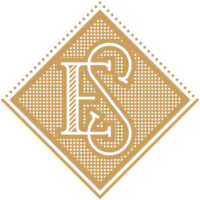













You must be logged in to post a comment.